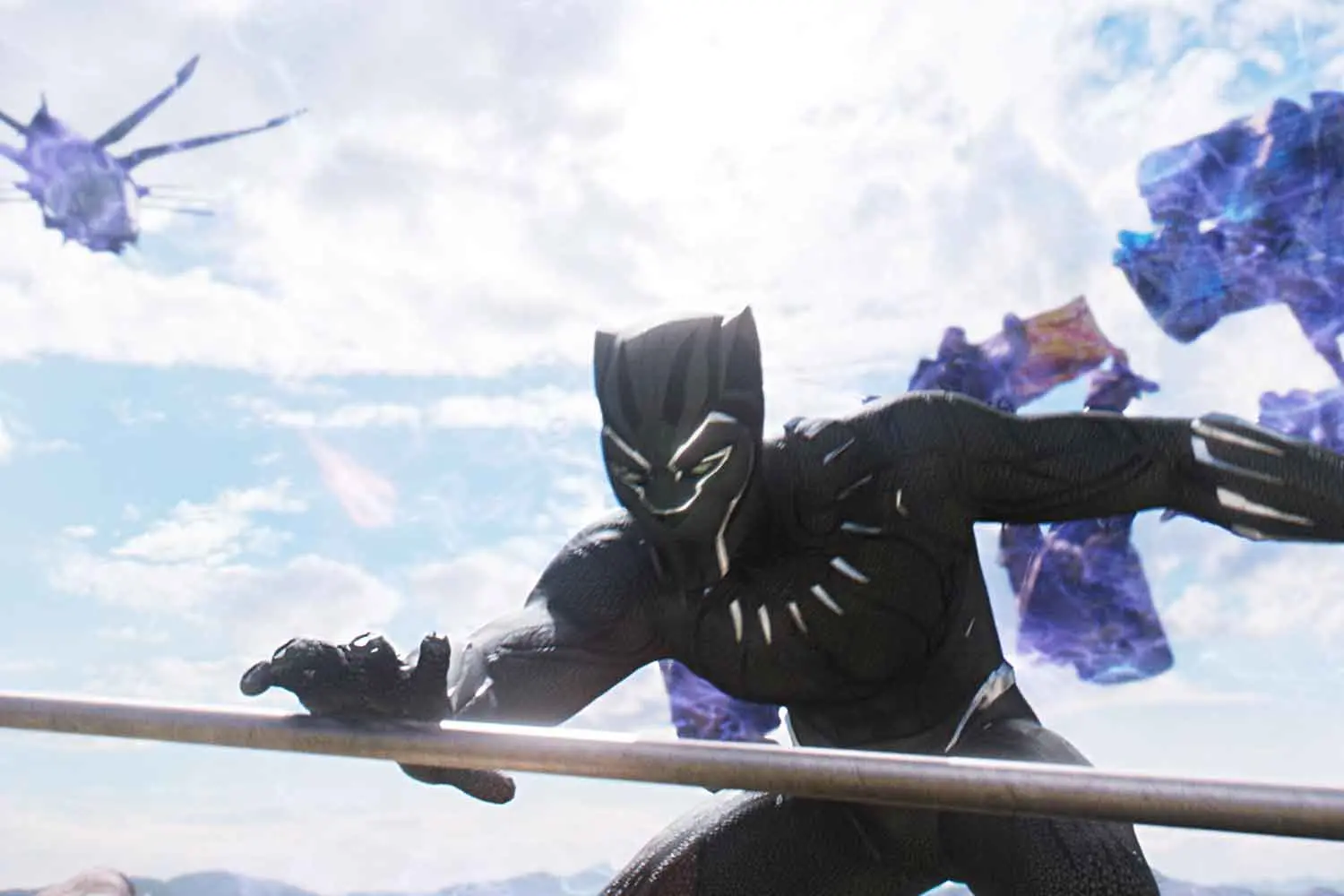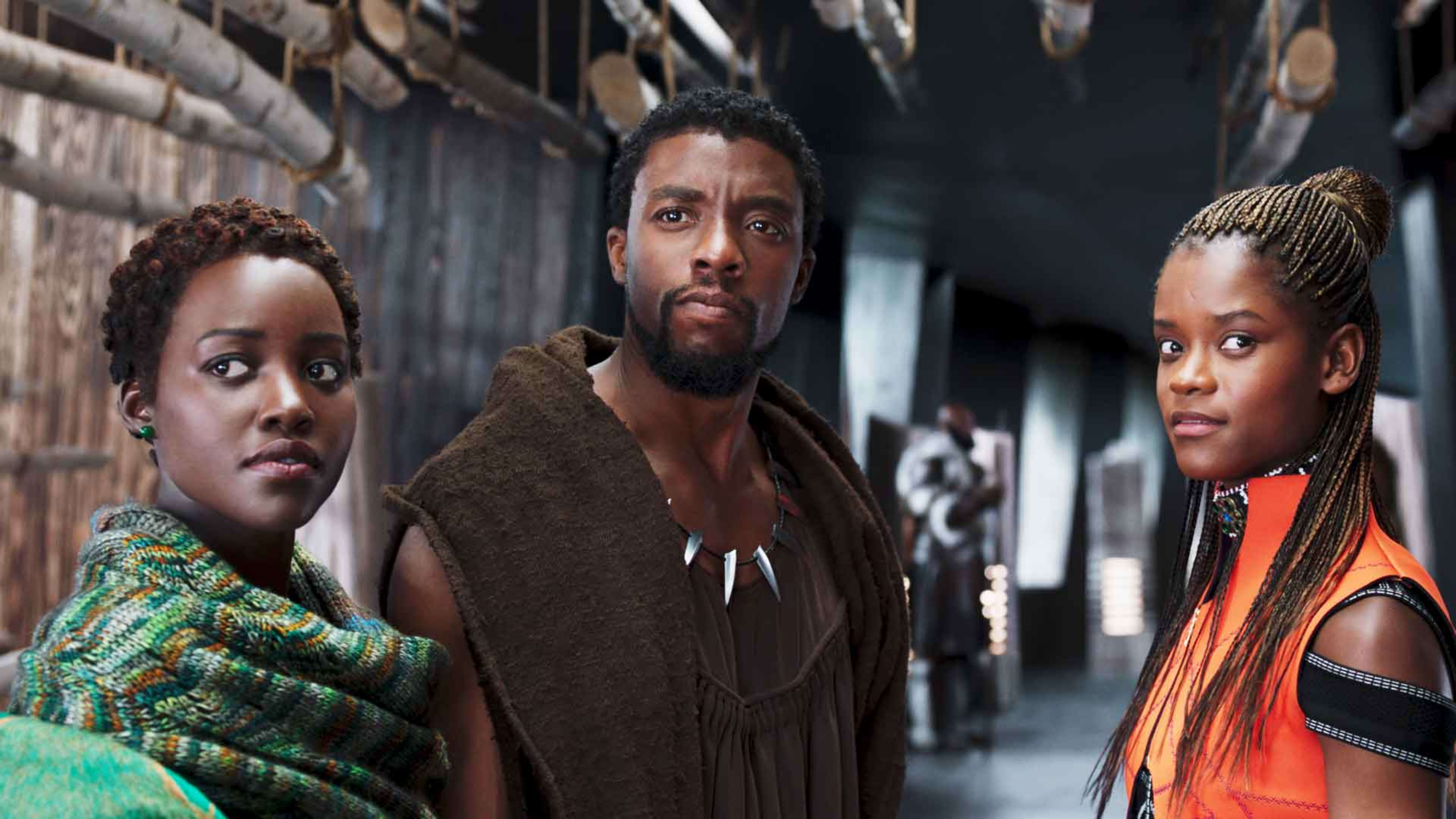“Never in a million years did we imagine that you would come out this strong,” director Ryan Coogler wrote in a letter thanking audiences for the astounding success of Black Panther.
Never in a million years did most film executives imagine it either.
Over the course of a four-day weekend, the latest Marvel film made a phenomenal $242 million. Some of the records it broke include the biggest February opening ever, the biggest Monday, and the biggest non-sequel ever. It was obvious that Black Panther would be a monster hit when it smashed pre-sales records back in January, but few predicted the immaculately reviewed film would actually build on its tremendous hype in the days following its release. Although many hot takes will surely combust to explain away Black Panther‘s remarkable success, none will be able to diminish its crowning achievement: death to the conventional wisdom that black filmmakers and black leads don’t add up to movies for absolutely everybody.

More common were niche movies by black directors like Tyler Perry (his next one, Acrimony, is on the way in April) and the venerable Spike Lee (his latest, Black Klansman, is out this fall.) Black filmmakers could aim for a piece of the quadrant, but not the whole quadrant. They were here for counter-programming, but not necessarily . . . programming. (Another many-times-disproven claim that studios used against them: Overseas audiences don’t show up for “black movies.”)
When the promising black filmmaker Tim Story had what slowly revealed itself to be a four-quadrant film with Barbershop in 2002, he was given the keys to a superhero franchise: Fantastic Four. His two entries in the series, in 2005 and 2007, made a respectable $440 million and $335 million worldwide, but were not critically hailed. No black director saw the helm of a superhero movie again for the following 10 years–the period during which Marvel has flourished with The Avengers and its adjacent solo films.
The dearth of black filmmakers in Hollywood’s biggest movies meant a proliferation of films where black people mainly portrayed athletes, musicians, gang members, cops, or slaves. The mid-range budget film has been dying a quiet death over the past decade, and with it have disappeared many of the romantic comedies and character-driven movies that let black people simply exist onscreen. Movies such as Waiting to Exhale, Jason’s Lyric, and Love Jones, which all came out during the ’90s, could probably never get made today. But we’re finally starting to see more possibilities of what could be made instead.

The message was clear at Sundance this year, where an abundance of diverse films, like Daveed Diggs’ Blindspotting and Boots Riley’s Sorry to Bother You premiered and were quickly snapped up. Later this year, we’ll see more movies from black filmmakers starring black performers, like Ava Duvernay’s A Wrinkle in Time, as well as Traffik, Uncle Drew, Creed II, and Widows, which stars Viola Davis and Get Out‘s Daniel Kaluuya and is directed by Steve McQueen.
In the future, any executive who doesn’t see a success like Black Panther coming will only have their limited vision as an excuse.
Recognize your brand’s excellence by applying to this year’s Brands That Matter Awards before the early-rate deadline, May 3.
